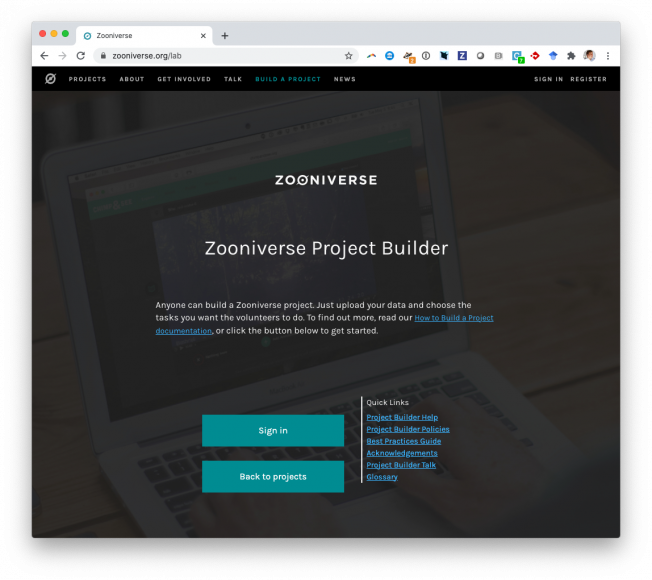Galaxy Zoo: unwinding the winding problem – observations of spiral bulge prominence and arm pitch angles suggest local spiral galaxies are winding
Monthly Notices of the Royal Astronomical Society Oxford University Press 487:2 (2019) 1808-1820
Abstract:
We use classifications provided by citizen scientists though Galaxy Zoo to investigate the correlation between bulge size and arm winding in spiral galaxies. Whilst the traditional spiral sequence is based on a combination of both measures, and is supposed to favour arm winding where disagreement exists, we demonstrate that, in modern usage, the spiral classifications Sa–Sd are predominantly based on bulge size, with no reference to spiral arms. Furthermore, in a volume limited sample of galaxies with both automated and visual measures of bulge prominence and spiral arm tightness, there is at best a weak correlation between the two. Galaxies with small bulges have a wide range of arm winding, while those with larger bulges favour tighter arms. This observation, interpreted as revealing a variable winding speed as a function of bulge size, may be providing evidence that the majority of spiral arms are not static density waves, but rather wind-up over time. This suggests the ‘winding problem’ could be solved by the constant reforming of spiral arms, rather than needing a static density wave. We further observe that galaxies exhibiting strong bars tend to have more loosely wound arms at a given bulge size than unbarred spirals. This observations suggests that the presence of a bar may slow the winding speed of spirals, and may also drive other processes (such as density waves) that generate spiral arms. It is remarkable that after over 170 years of observations of spiral arms in galaxies our understanding of them remains incomplete.Getting Connected: An Empirical Investigation of the Relationship Between Social Capital and Philanthropy Among Online Volunteers
Nonprofit and Voluntary Sector Quarterly SAGE Publications 48:2_suppl (2019) 151s-173s
LSST: From science drivers to reference design and anticipated data products
Astrophysical Journal American Astronomical Society 873:2 (2019) 111
Abstract:
We describe here the most ambitious survey currently planned in the optical, the Large Synoptic Survey Telescope (LSST). The LSST design is driven by four main science themes: probing dark energy and dark matter, taking an inventory of the solar system, exploring the transient optical sky, and mapping the Milky Way. LSST will be a large, wide-field ground-based system designed to obtain repeated images covering the sky visible from Cerro Pachón in northern Chile. The telescope will have an 8.4 m (6.5 m effective) primary mirror, a 9.6 deg2 field of view, a 3.2-gigapixel camera, and six filters (ugrizy) covering the wavelength range 320–1050 nm. The project is in the construction phase and will begin regular survey operations by 2022. About 90% of the observing time will be devoted to a deep-wide-fast survey mode that will uniformly observe a 18,000 deg2 region about 800 times (summed over all six bands) during the anticipated 10 yr of operations and will yield a co-added map to r ~ 27.5. These data will result in databases including about 32 trillion observations of 20 billion galaxies and a similar number of stars, and they will serve the majority of the primary science programs. The remaining 10% of the observing time will be allocated to special projects such as Very Deep and Very Fast time domain surveys, whose details are currently under discussion. We illustrate how the LSST science drivers led to these choices of system parameters, and we describe the expected data products and their characteristics.Identification of low surface brightness tidal features in galaxies using convolutional neural networks
Monthly Notices of the Royal Astronomical Society Oxford University Press (OUP) 483:3 (2019) 2968-2982
Machine Learning for the Zwicky Transient Facility
PUBLICATIONS OF THE ASTRONOMICAL SOCIETY OF THE PACIFIC 131:997 (2019) ARTN 038002



